Is Polypropylene Safe When Heated?
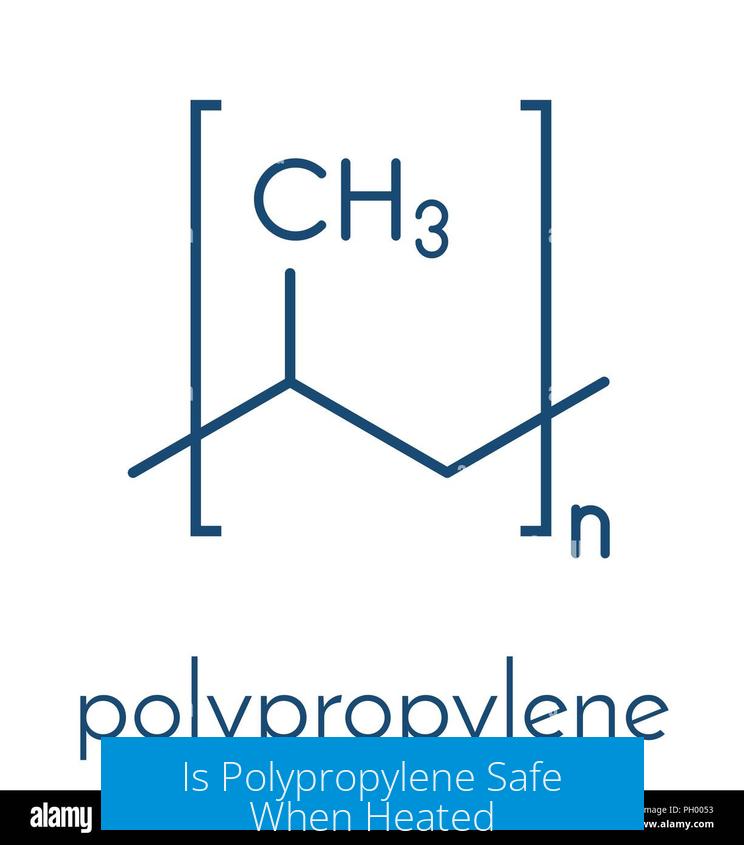
Polypropylene (PP) is safe when heated, especially in typical household scenarios such as sterilization by boiling. Its high melting point and chemical stability make it suitable for repeated exposure to heat without significant risk of melting, deformation, or harmful chemical leaching.
High Melting Point and Heat Resistance
Polypropylene melts around 160°C, much higher than the boiling point of water at 100°C. This thermal property makes it ideal for sterilization using boiling water without melting or changing shape. Consumers can rely on PP containers for heating tasks below its melting point.
Chemical Stability and Leaching Risks
Polypropylene is insoluble in water. Testing shows it requires harsh solvents like toluene at high temperatures to dissolve. Consequently, it does not leach chemicals into food or liquids during common heating procedures like boiling.
Toxicity and Biocompatibility
In rare cases where minimal leaching may happen, polypropylene is biocompatible, posing negligible toxicity risks. This ensures that any compounds migrating from PP during heating are unlikely to cause harm.
Use of Additives
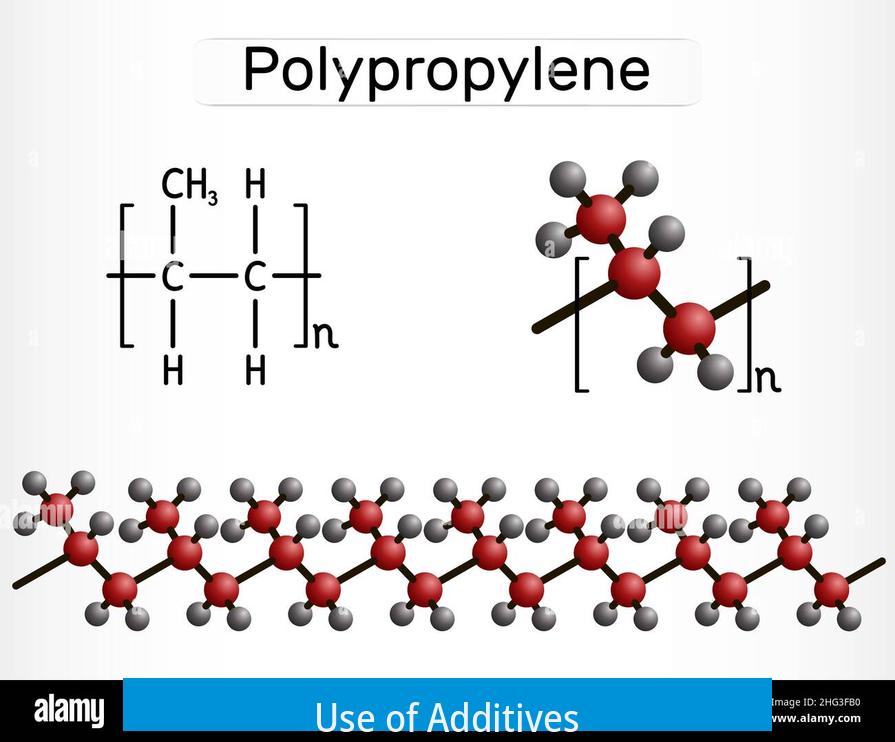
Polypropylene generally lacks harmful additives that might leach during heating. The manufacturing process for most PP goods avoids additives known to compromise safety. Colorless or translucent PP products usually have minimal leachable substances.
Practical Sterilization Use
Boiling is a common method for sterilizing polypropylene containers. It effectively kills germs without degrading the PP material. This aligns with the design intent of clear or colorless polypropylene bottles used for food or medical storage.
Summary of Key Points
- Polypropylene melts at about 160°C, safely above boiling temperature.
- The polymer does not dissolve or leach in water at boiling temperatures.
- It is biocompatible and does not release toxic substances when heated.
- PP typically contains no harmful additives that affect safety upon heating.
- Boiling sterilization with PP containers is effective and safe.
Is Polypropylene Safe When Heated? The Surprising Truth You Need to Know
Polypropylene (PP) is indeed safe when heated, especially under typical household conditions like boiling water sterilization. Its melting point sits around 160°C (320°F), well above the 100°C boiling point of water. This means, when you dunk your PP containers or baby bottles into boiling water, they won’t melt or warp. So yes, feel free to sterilize without panic!
But while that may sound straightforward, the question “Is polypropylene safe when heated?” deserves a closer look. After all, what happens beneath the surface matters—the science of leaching, chemical stability, and toxicity is where safety really shows up. Let’s unpack this carefully, with each detail meant to put your worries at bay or clarify if you’re accidentally heating polypropylene improperly.
Polypropylene’s Heat Tolerance — No Melting, No Worries
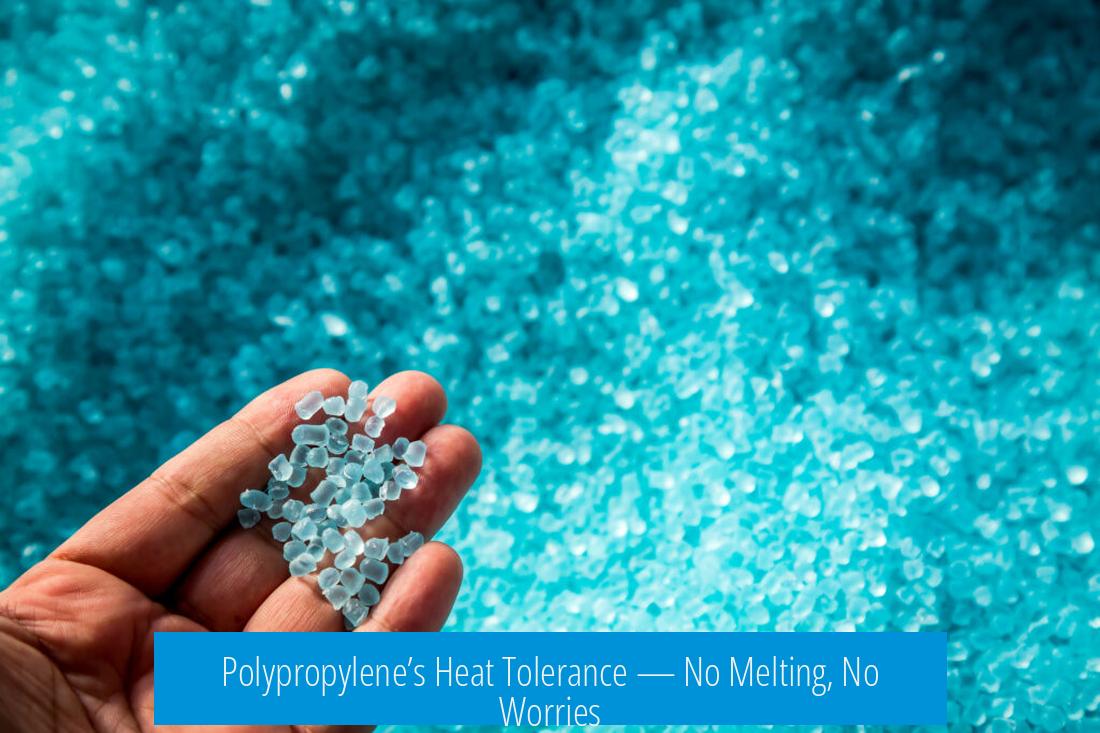
Polypropylene has a surprisingly high melting point for a plastic. At about 160°C, it laughs off the heat from boiling water. Compare that to the 100°C you get in your kitchen pot. So it holds up beautifully during sterilization routines used frequently in households and hospitals. This is why PP is the darling of reusable containers and baby bottles—they’re designed to take heat without losing shape or spilling harmful chemicals.
Picture this: You place that clear PP baby bottle into boiling water to sterilize. It doesn’t soften, deform, or release any weird smells. It just chills, doing its job perfectly.
Leaching and Chemical Stability: What’s Really in Your Heated PP?
Now comes the nitty gritty—does heating polypropylene cause nasty chemicals to leach into your food or drink? The good news? Polypropylene is practically insoluble in water. It takes aggressive solvents like toluene heated to a high temperature to even start dissolving PP. So no, simply heating it in your microwave or boiling water won’t magically cause plastic particles or chemicals to seep into your morning soup or coffee.
This chemical stability is a crucial factor. It means the risk of contaminants entering your food right from the container is minimal to none. Your microwave meal isn’t swimming with invisible plastic toxins from the container. So when it comes to leaching, PP holds its ground firmly.
The Toxicity Angle — Biocompatibility to the Rescue
Even if, hypothetically, any leaching were to occur (which is unlikely), polypropylene has a biocompatibility edge. This term means that it generally interacts well with living tissues and poses little to no toxic risk. So any tiny chemical molecules slipping out would be non-toxic or harmless to your body. It’s reassuring to know that the material itself designed to hold food and beverages wasn’t chosen at random—it comes with a safety-first track record.
Forget About Harmful Additives in Polypropylene
Some plastics contain a cocktail of additives—plasticizers, colorants—that can upset your health when heated. But polypropylene? Not so much. PP typically doesn’t have these suspicious additives lurking inside. Manufacturers don’t usually add nasty chemicals to it, helping keep it much safer than some other plastic types.
Clear or colorless polypropylene containers usually represent the safest option, as these versions are free from the pigments or stabilizers that might otherwise leach harmful chemicals.
Practical Tips: How to Safely Heat Polypropylene in Real Life
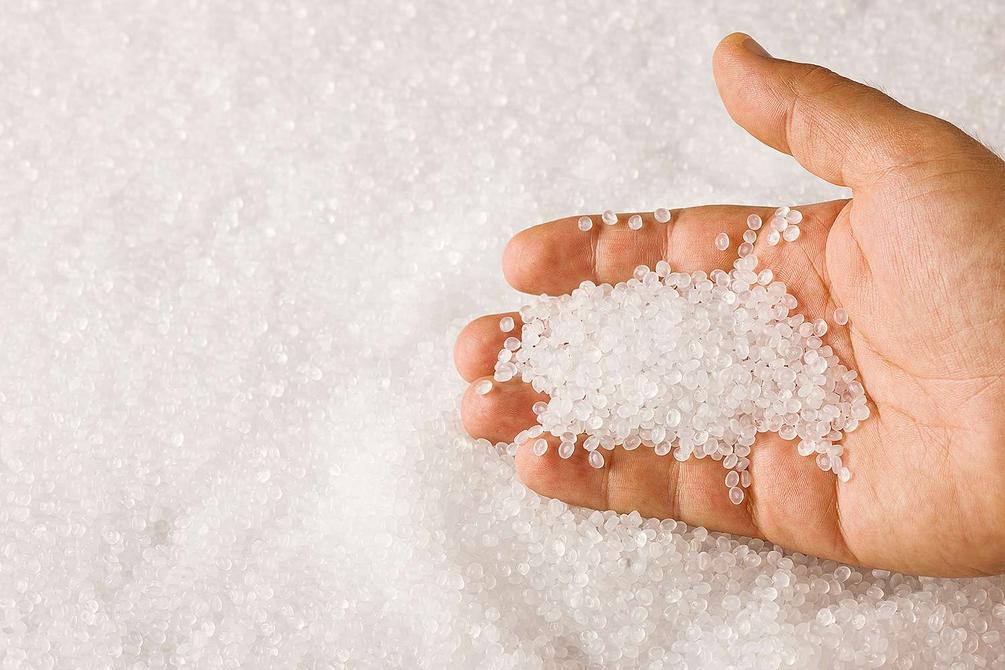
- If you’re sterilizing baby bottles, food containers, or lab equipment, boiling them in water is perfectly fine. It’s a tried and tested method.
- Avoid temperatures above 160°C—don’t try to bake or flame PP. It’s designed for boiling water and microwaving, not an oven’s fiery embrace.
- If you microwave polypropylene containers, use the microwave-safe label as your guide—manufacturers test these for safety.
- Consider replacing any PP containers if they develop cracks or discolorations—damage can compromise safety.
Why Do Polypropylene Bottles Look the Way They Do?
You might notice polypropylene containers are often clear and colorless or translucent. This feature isn’t just about aesthetics. It also means fewer additives or pigments are in the mix, which lowers the chance of leaching. Plus, these bottles are purpose-made for repeated heating, cooling, and sterilization. So when you hold one, know it was built with your safety and convenience in mind.
So, Should You Heat Polypropylene Without Fear?
Yes, but with a sprinkle of common sense. Polypropylene is safe when heated within its limits. It won’t melt or deform in boiling water. It doesn’t leach dangerous chemicals during typical household heating. And it’s biocompatible enough to be considered non-toxic even in rare cases of leached material. Manufacturers design PP containers specifically for sterility and heat resistance. So your use of PP for hot food, drinks, sterilization, and microwave cooking is backed by science and practical evidence.
But let’s get a bit curious: What about other plastics you use every day? Do you know their heat tolerance? And how about reusing tired plastics that you found in the back of your cupboard? Polypropylene sets a good benchmark for safety but always check for labels and replace containers over time.
In Conclusion: Polypropylene and Heat – A Healthy Relationship
In sum, polypropylene stands tall as a superstar plastic when it comes to heating safety. With its high melting point, resistance to leaching in water, minimal additives, and biocompatibility, it excels. So next time you’re boiling your PP containers or warming food in the microwave, enjoy peace of mind—the plastic is playing along just fine.
Stay smart: keep your polypropylene clean, avoid extreme heat beyond its range, and toss any containers looking tired or damaged. With these practices, polypropylene remains a reliable, safe companion in your kitchen and life.
Is polypropylene safe to use with boiling water?
Yes, polypropylene has a melting point around 160°C, higher than boiling water at 100°C. It can be safely sterilized with boiling water without deforming or melting.
Does heated polypropylene release harmful chemicals into food or liquids?
Polypropylene is insoluble in water and does not leach under typical heating conditions like boiling. Even if very limited leaching occurs, it is considered biocompatible and not toxic.
Are there additives in polypropylene that could be unsafe when heated?
Polypropylene usually does not contain additives that leach out when heated. Clear or colorless PP bottles are designed for safety and minimal chemical release.
Can polypropylene be safely used for repeated sterilization through heating?
Yes, polypropylene can be reused and sterilized by boiling water multiple times. It remains stable and safe, making it suitable for repeated heating and sterilization.


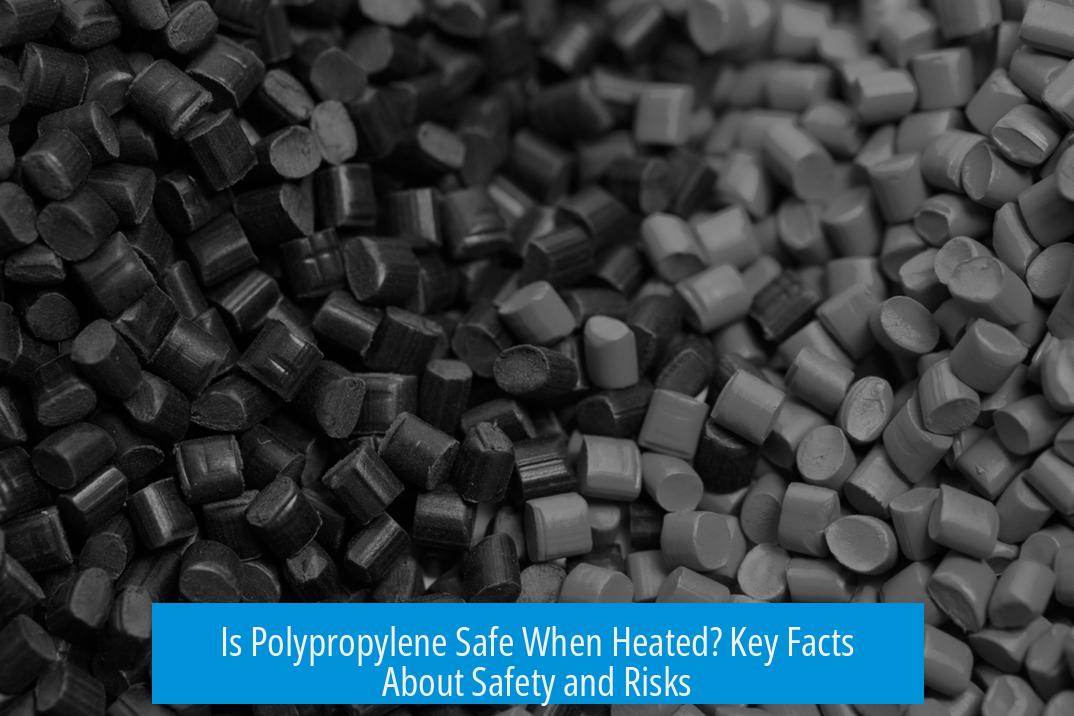
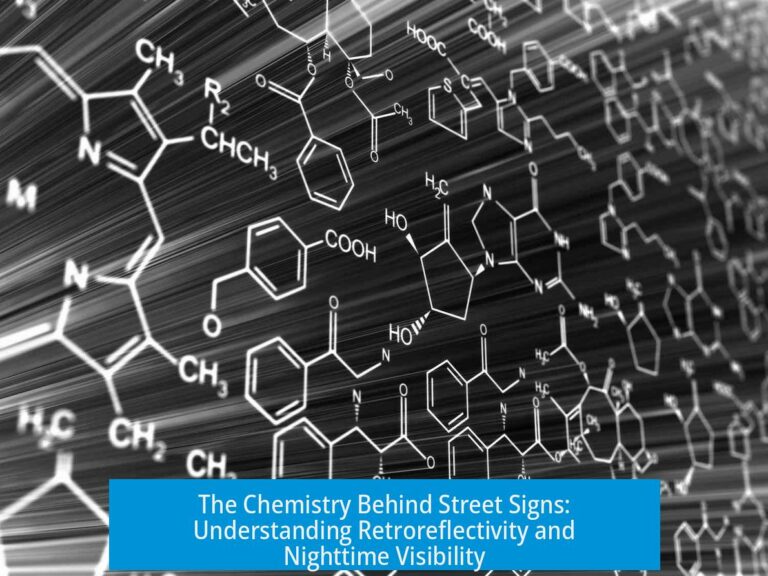
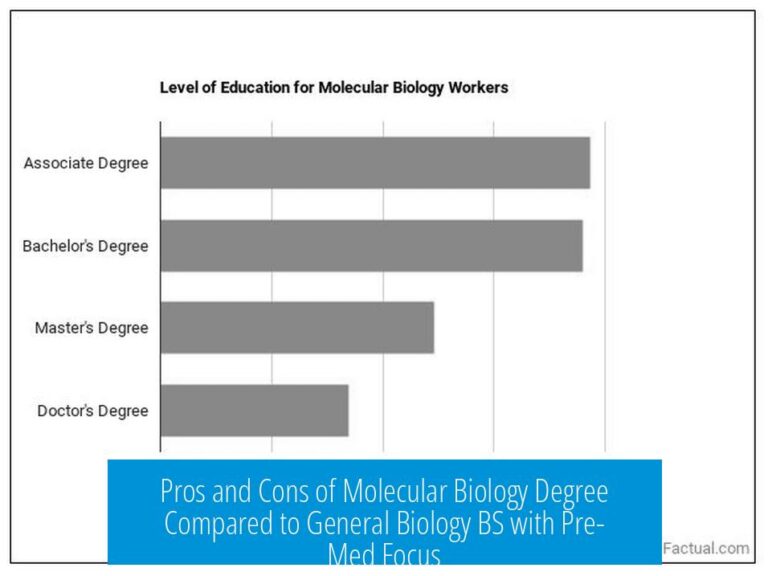
Leave a Comment